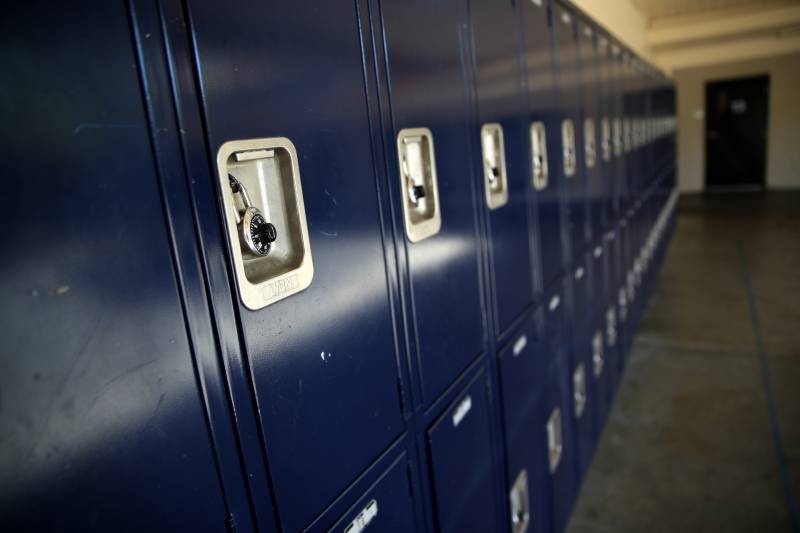The guidelines suggest temperature checks and hand sanitizing for students and teachers before they enter school campuses and buses.
New rules and seating plans will be applied on school buses to keep students 6 feet apart. One option could be to seat one student per bench and skip every other row, the guidelines say. Choosing seats would not be allowed, students should be seated from the rear of the bus forward to prevent walking past each other.
Transportation of students with special learning needs is one of the hurdles districts are having to tackle without specific information from the state on how many students should be on a standard bus, for example.
Solving some of these problems is going to take creativity, said Alameda County Schools Superintendent Karen Monroe.
"Because if you're looking at something like special ed, keeping on masks and six feet apart is not always going to be possible for students who need hands-on support," Monroe said. "Every district is going to consider their staffing and their ability to staff and fund any model that they have. So it has to start with your resources to actually do this."
The state's new guidelines also rule out a number of social activities, such as field trips and school assemblies, and place a variety of restrictions on the act of sharing.
"Avoid sharing electronic devices, toys, books and other games," the guidelines say as part of recommendations for schools to meet "high standards of cleanliness." Schools are asked to disinfect high-touch surfaces at least daily, such as doorknobs, handrails, drinking fountains, playground equipment, sink handles and bathrooms.
The state Department of Public Health on Friday released its own 14-page guidance designed to help districts prepare, with many of the same recommendations.
The state said it plans to supply every school and child care center with the following:
- No-touch thermometers
- Hand sanitizer
- Face shields for every teacher
- Cloth face coverings for staff and students
- Tight-fitting N-95 masks for health care professionals in schools
Logistical, Financial Challenges for Districts
Educators say the new safety measures pose massive logistical and financial challenges, particularly at a time of shrinking budgets. Districts are facing the prospect of billions of dollars in budget cuts as the state scrambles to plug a deficit brought on by the virus.
The California Education Coalition, which includes the nine statewide K-12 public education associations, has urged Newsom and state legislators to reject the cuts. Teachers, superintendents, principals and others say they support the need to implement physical distancing at schools, which would require decreased class sizes and dramatically increased cleaning. But all of that will cost more money.

